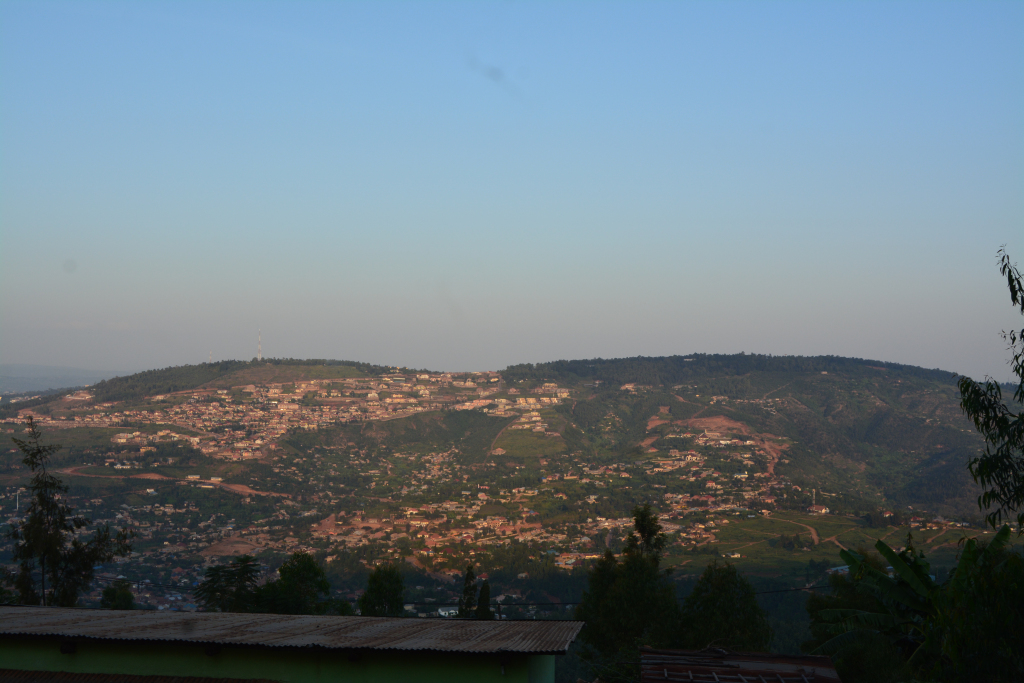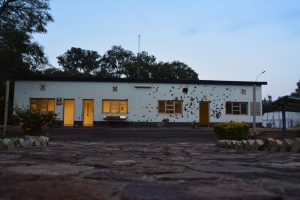Sometime last year, I visited the Kigali Genocide memorial centre, the Ntamara church and the Belgian Memorial Centre all in one day. My sincere advice to you, please don’t do this. It was a lot for me to take in and it is the reason you are just seeing this post now after months!
If your heart is ready, here are some of the memorial centres to visit in Kigali.
Kigali Genocide Memorial Centre
This was my first stop. I had read about the memorial centre but still was not sure what to expect. I got in a taxi and that was when I met Cedric (read his story here) who survived the genocide but lost his entire family. My ride from the hotel to the memorial centre made me realise I was not ready one bit. My heart broke over and over and over again as Cedric shared his story.
We arrived at the centre and Cedric offered to wait till I was through so he could take me to one of the churches which he said I had to see since I was already in Kigali.
Getting into the centre, the first experience was a video from some of the survivors who shared their experiences. I silently sat with others who travelled from across the world to see and hear what Rwanda experienced in 1994. After the video, the once silent hall was filled with sorrowful tears and questions across everyone’s faces. I couldn’t help but wonder, “what did the rest of the world do while the killings went on for 3 months?”
We went on to the inner section of the memorial centre where detailed information about how and when the genocide began.
The genocide did not just begin in April ’94. There were other cases before 1994.
Other parts of the room had actual clothing and pictures of people who were killed through the harrowing days of the Genocide and other rooms, screens playing videos of survivors. A survivor had said during the last days of the genocide, there was a strong stench in the air and bones covered in clothes were across the streets. She hadn’t eaten a proper meal since through the genocide. As she walked around hoping to find help, she saw a young child on the street trying to feed on the dead mother’s breasts. She couldn’t do anything to help. She herself felt helpless.
Ntamara Church
Nothing could have prepared me for what I heard and saw in Ntamara. It took me a while to speak after I left.
Before the 1994 genocide, churches had always been a place of safety for Rwandans. The attacker wouldn’t attempt to kill in churches. The thoughts at that time was, How would you dare kill in the house of the Lord?
However, 1994 was different! 5,000 people were killed on the night of April 15, 1994 in Ntamara church. The killers had thrown in grenades, smashed babies on walls, stabbed and cut their victims while chanting and singing. The hate that day was beyond anyone’s comprehension.
I went on to read accounts of some of the survivors who ran towards the swamps behind the church. Their experience was nothing short of horrific. I am sorry I still can’t share some of the things I heard and saw. So if you want to get a better picture, you can read jean Hatzfeld’s book, Life Laid Bare: The survivors in Rwanda Speak. It’s on Kindle.
Belgian Memorial Centre
A day after the Rwandan president’s plane was shut down on April 6, the Prime minister was killed and soldiers guarding her resident were lured into a room where they battled with Rwandan soldiers for hours. The killings of these Belgians led to the pullout of UN forces and encouraged more killings. After the genocide, Rwanda had lost over 800,000 people.


